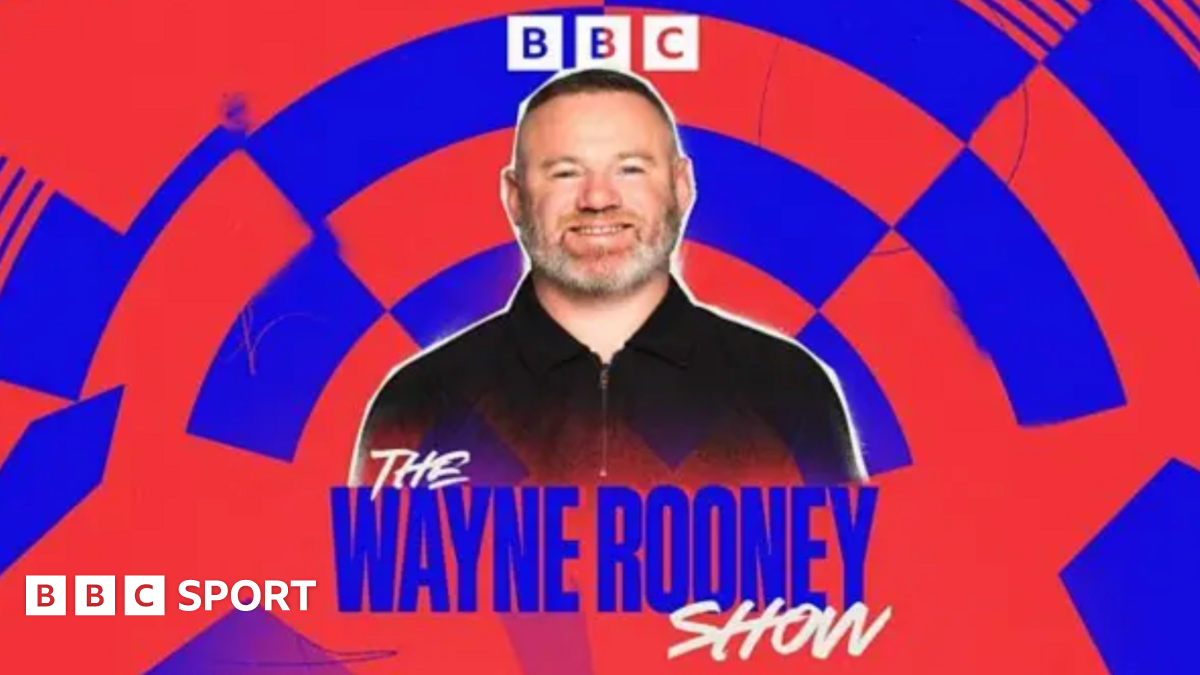Wayne Rooney on Mr Tumble and Coleen putting Liverpool flags up
Rooney’s love of boxing has never been a secret.
He even went viral in 2015 for sparring with friend and former Manchester United team-mate Phil Bardsley in his kitchen.
But Rooney revealed he has also targeted someone who would put up more of a fight than Bardsley – former world champion Joe Calzaghe, at his agent’s wedding no less.
Rooney’s agent Paul Stretford explained the story: “Joe came to the wedding, and Wayne’s there of course. And we’ve had a few drinks and he offers Joe Calzaghe out. I’m stood there talking to them both and he goes, ‘Alright Joe’, ‘Alright Wayne?’ ‘I could have you’.
“I’m looking and I’m thinking, ‘You’re joking me’. He’s going, ‘No, just calm down… I just want to do a bit of shadow boxing with him’. So we go onto the green outside in the middle of my wedding.
“Joe’s going, ‘Don’t worry, it’s nothing’. Joe’s just sort of stood there but [Rooney’s gone] into the ribs.”
Remembering the moment, Rooney joked: “I saw him, he looked a bit vulnerable, he’d had a few drinks. I thought I might give him his first defeat.”
